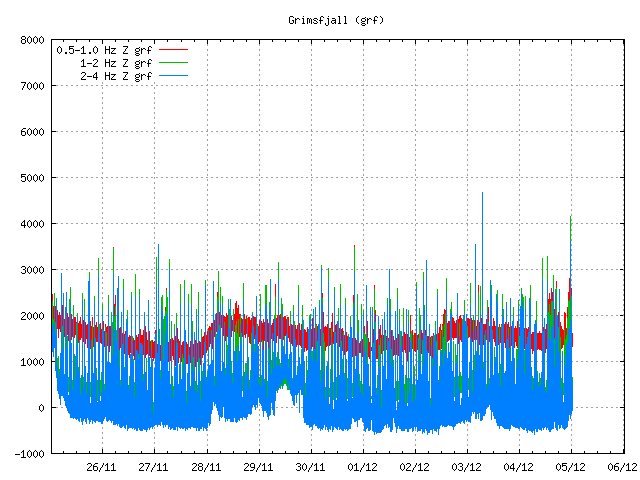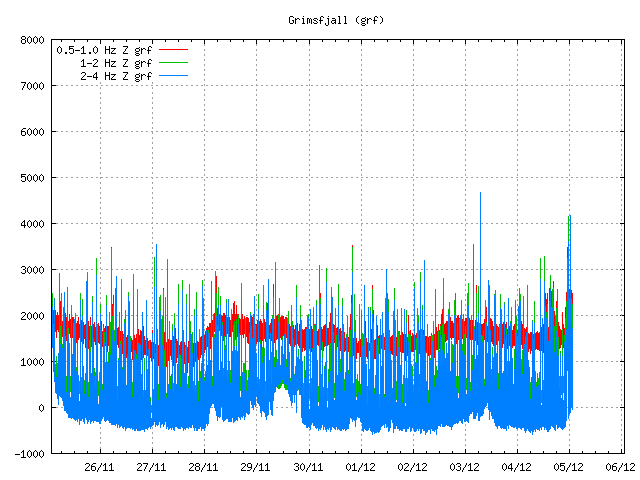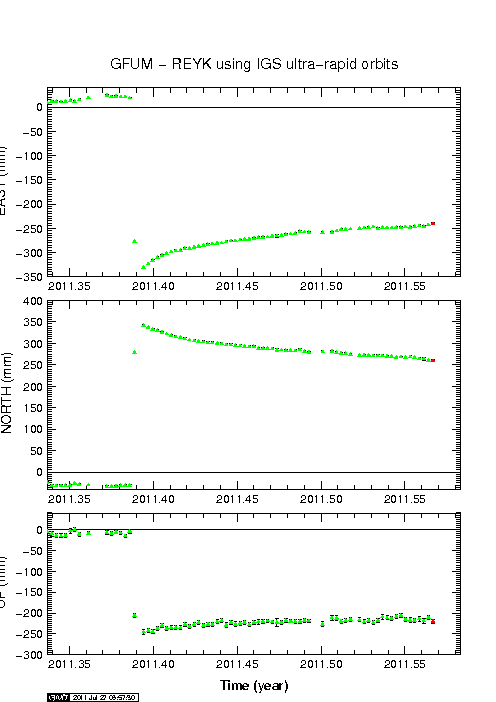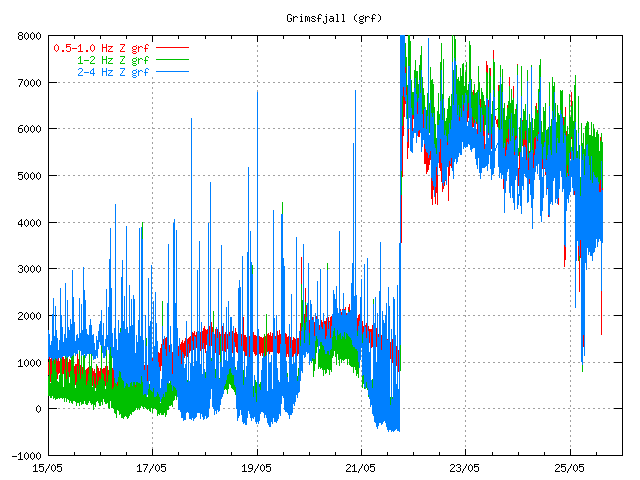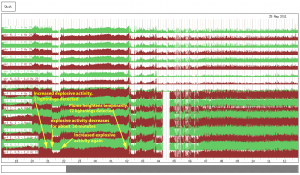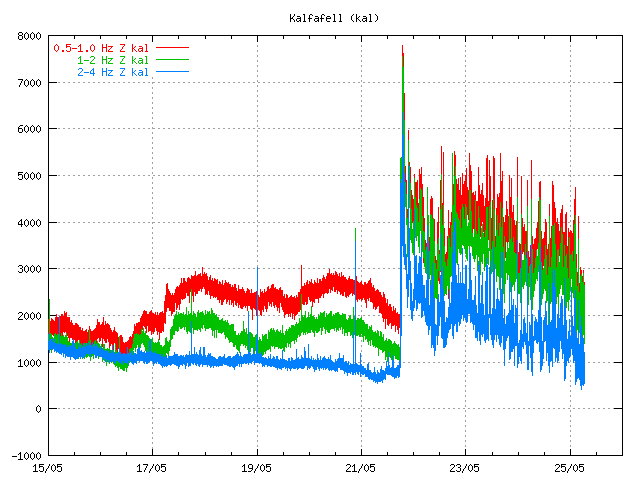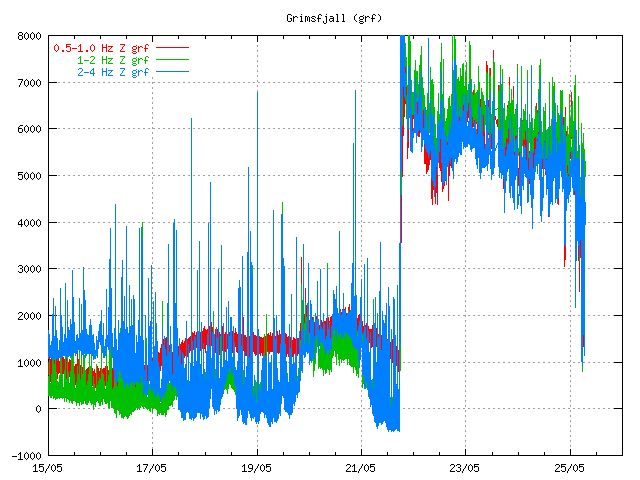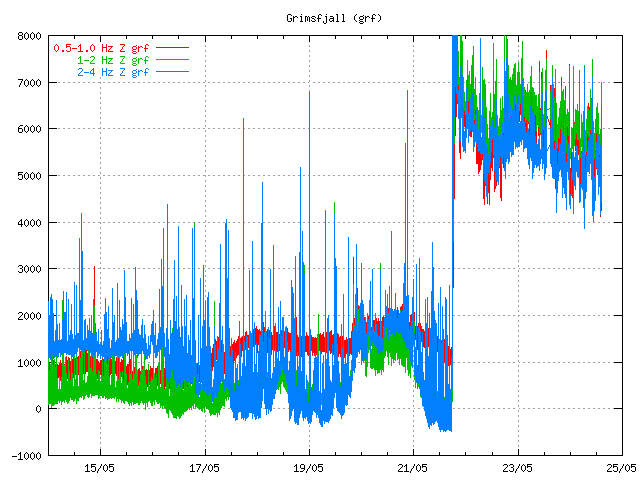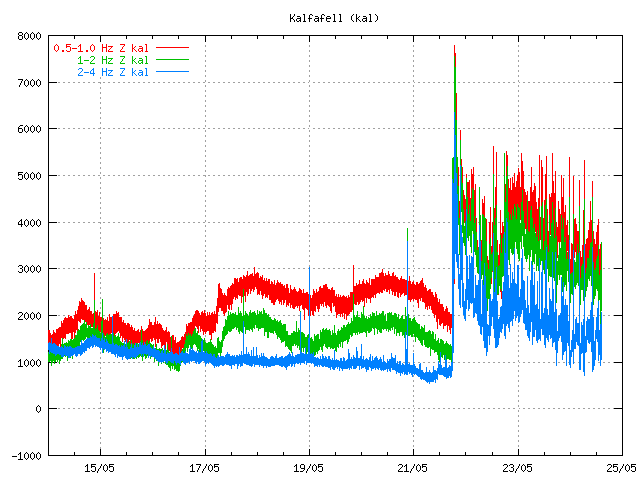It is clear that Grímsfjall volcano is an restless volcano. In the year 2011 it had the largest eruption for at least 140 years. But even so that does not stop the volcano from preparing new eruption sometimes soon. But I am now expecting an new eruption from Grímsfjall volcano in the next 12 to 48 months or so at the earliest. The preparing for eruption clues have already started to show. But that is an slow increase in earthquakes in Grímsfjall volcano. Something that has always been a clear indicator of that an eruption might not be far off, even if nobody knows when and how big next eruption is going to be. It has been documented that Grímsfjall volcano does sometimes have an eruption every once or two year when the activity is at highest. But since the year 1983 the eruptions in Grímsfjall volcano have been getting more frequent and larger, the largest one so far being last year.
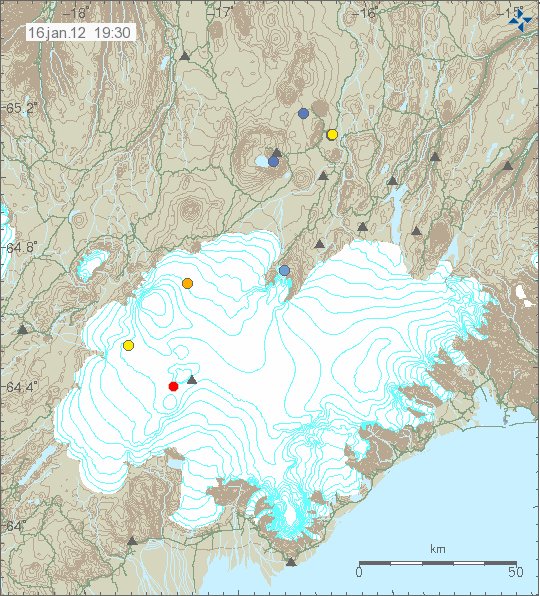
The latest earthquake in Grímsfjall volcano. It has not been reviewed so it’s location might change. Copyright of this picture belongs to Iceland Meteorological Office.

GPS data from the past 6 months (I think). As can be seen not a lot of magma has been going into Grímsfjall volcano system since the large eruption that started 21.05.2011. So far the inflation has only been around 100 mm to date, but even so that is more then whole inflation of Eyjafjallajökull volcano in the year 2010. But that was only around 60 mm for comparison. Copyright of this picture belongs to Iceland Meteorological Office.
It is unclear what happens next in Grímsfjall volcano. But for us how watch volcanoes. This is going to mean a lot of waiting time until next eruption in Grímsfjall volcano.

